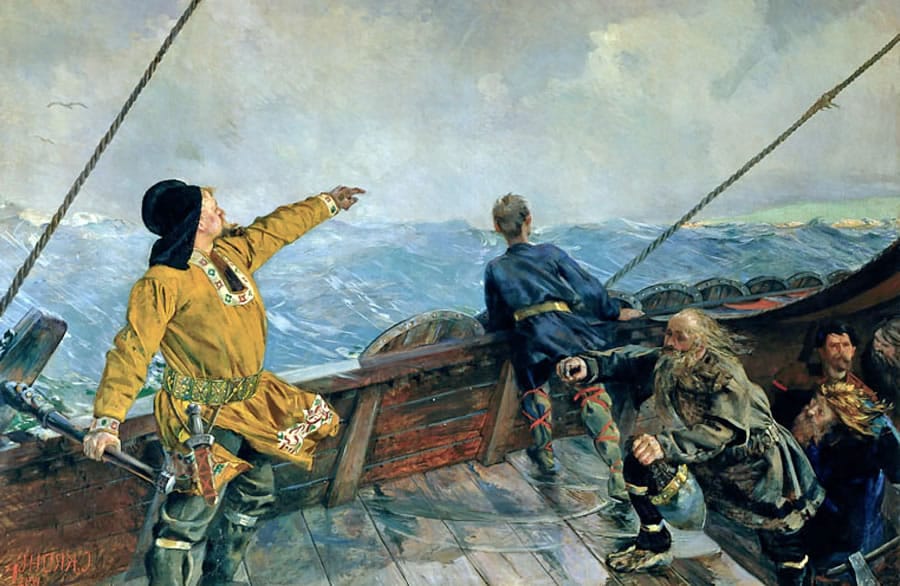
Military conquest vs Colonization Essay
The growth of population and the desire to obtain the wealth of the newly discovered continents pushed the Europeans the reclamation and settling of new lands, in the form of military conquest (seizure of foreign territory by force of arms), or colonization (peaceful reclamation of vacant land). In its essence, the colonization of Latin America was initially not much different from the violent seizure, but the more the European society developed, the more clearly the features of the cultural colonization of the occupied territories were manifesting. This historical sequence will be covered below.
In the first wave of colonization of the 16th century, the conquest of Latin America was delayed for nearly a century because of the tough resistance from the indigenous population, and the Western part of Mindanao Island and Sulu Archipelago were conquered only to the middle of the 19th century. Almost all of the possessions Spain obtained after the suppression of the desperate resistance of indigenous peoples (and in many cases, by their absolute destruction) remained Spain colonies until the 19th century.
The indigenous population of Latin America was really brutally oppressed during the seizure, and its number sharply declined after the military conquest in the middle of the 16th century. The colonial authorities protected and supported the system of feudal exploitation of Indians and brutally suppressed their liberation movement by leading constant wars with the Indians in deep areas of the continent and on border areas. The particularly persistent pockets of resistance to the invaders were the regions of southern Chile inhabited by Araucania Indians and the mountainous areas of Peru.
It is important to note here that the main driving force of early colonialism was the Castilian chivalry, which rushed into the New World in search of easy money after the discoveries of Columbus. The Spanish conquerors seized the best lands without preliminary permission of the Spanish Crown, enslaved the Indians and exploited their labor without regard to the interests of the Crown and the feudal nobility of metropolises. The Crown was forced to search for a compromise with the conquistadors, which resulted in establishing the system of encomienda in the colonial possessions: Indians were declared to be the free vassals of the Crown, while the right for their exploitation by the colonialists was granted only on certain terms and certain conditions.
Thus, differences in the development level of Indian tribes at the time of the conquest, as well as differences in geographical position led to the differences in political and socio-economic organization of the colonies. Thus, the coastal part of Venezuela and Brazil were mainly transformed into the resettlement type colonies with the predominance of plantation slavery, which was based on the importation of African slaves. In the areas with the old agrarian culture inhabited by Indian territorial communities, the Spanish feudal state was established, which granted the colonizers with the right to exploit the Indians. On the territory of Paraguay, part of Brazil and Argentina, the Jesuit missionaries established the system of exploitation based on the caste organization of the Inca tribes. Generally, a multi-structure system was developed in the American colonies of Spain and Portugal, in which the exploitation of feudal-type (attachment of Indians commoners to the land, labor service, etc.) was combined with the elements of the nascent capitalist exploitation (partial use of hired labor in agriculture and on manufactures, trade nature of latifundia and their orientation to the world market).
The supreme authority of the colonial government was the Council for the Indies established in 1511 in Madrid and accountable only to the Royal Government. The power was exercised by captains-general and viceroys. In the 1530’s and 1540’s, the Viceroyalties of New Spain and Peru were established. Some of the Captaincies-General included in them actually had independence and were reporting directly to Madrid. The territorial units were also divided into provinces ruled by governors. The main officials in the cities were corregidor and alkadies (from the Arabic “alkadi” – Judge), in the villages of Indians – the caciques (a word borrowed from the Arawak language), i.e. the chiefs and elders, whose power was hereditary.
Further, despite the resistance of indigenous population, Spain and Portugal conquerors implanted their languages, their religion (Catholicism) and had a great influence on formation of the psychological composition and culture of Latinos.
Thus, the conquest of Latin America by the Spaniards and Portuguese, which began in the late 15th century, was basically completed in the 16-17th centuries. In South America, both Portuguese and Spanish, and later Dutch, British, French and other colonial systems, were established ultimately by force, but as in the military-technical terms the indigenous societies of these territories yielded to Europeans, the superiority of the latter grew with the rapid development of industry, science and technology in Europe and their further introduction in the conquered lands. In general, the colonization of Latin America became an important factor for the initial accumulation of capital and the formation of the global market.

